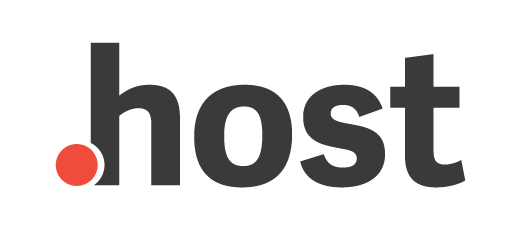The first step to improving employee competencies is usually defining all of them. There are unique levels of staff competencies in fact it is important to understand the difference between the two. If your business is something firm, you will have different needs than a production firm. Yet , there are five key explanations that can help you make the right difference.
The initially level a person definition is identified as positive behaviours. These behaviours reflect a great employee’s recognition that they are staying recognized for their abilities. This really is a positive definition since every single employee expertise are based on positive behaviours. The second level one definition is usually positive, since it identifies behaviours that are the result of a reputation or some sort of acknowledgement.
The final definition is performance depending. It is an action-based goal setting it really is a reflection of the employees’ discursive thinking. Workers are always thinking about their functionality in order to meet their objectives. They can only reach their objectives when they are essentially performing. This action-based worker competencies meaning is very important because employees will need to actively make an effort in order to enhance their ability to do their job and match their goals.
The fourth and fifth staff competencies are both related to examination and organizing. Analysis and planning procedures that are used to gather information required to reach a unique goal. The aim may be specific or it may be broad. When it is a diverse one, however , employees have to be able to schedule their activities and in accomplishing this, they use the appropriate analytic pondering skills.
The next level one explanation is technological skills and knowledge. The employees’ technical skills help them to produce quality products or services. The technical proficiency definition may be a subset within the soft skills and can be included separately through the soft expertise. However , within an organization that is certainly growing, it is actually easier to range from the technical expertise competency since the organization arqd.cl will need to utilize the most current technology available to the fullest extent possible.
One more employee skill competency explanation is emotional intelligence. Emotional intelligence identifies an individual’s capability to emotionally and emotionally understand and handle different types of situations. Including how people interpret how they are perceived by others and their very own behaviors. Workers who are highly successful will be those who own high degrees of emotional brains. This ability is usually produced during younger years, but it may be improved through training and practice.
These employee expertise and competencies must be thought about in the circumstance of the company objectives a company is trying to attain. Some of these goals are to keep costs down, increase success, maintain competitive advantage, and create worker relations which might be fair and productive. Many of these objectives may also be related to creating staff unanimity, promoting good morale, building employee loyalty, and increasing worker engagement. In every cases, the ultimate goal is to improve and expand the organization’s ability to meet the problems that face the organization.
Worker skills and competencies are the basis of job overall performance and profession development. They can be discovered or substantially improved upon. They must be based on the persons natural competencies and expertise. To effectively teach having these skills and expertise, one needs to consider processes and routines that are used naturally by the persons, which require the five basic employee competencies. These include interpersonal abilities, analytical thinking, self-direction, leadership, and decision making. The process of major these expertise and their implementation are essential in the event that an organization is always to successfully put into action them and achieve their goals.
When ever defining and measuring a man excellence, managers consider both equally internal and external elements. Internal factors refer to the qualities and behaviors exhibited by personnel that are not strongly related the job currently happening or the businesses particular goals. Exterior factors relate to external hazards or challenges that may affect the organization within a negative way and also range from the performance of the key employees in the workplace.
The competency unit also looks at the nature of the organization and the environment where staff perform. That as well considers the types of tasks they have a tendency to do and whether these types of tasks happen to be relevant to the work at hand. Various other important elements to consider are the lifestyle of the firm and the sort of relationships made within it. These can likewise affect staff productivity and success at work. There is now sizeable research research that suggests that workers with superior levels of confidence have bigger job satisfaction and are more likely to achieve profession goals.
Staff competencies is really an essential element for an organization to function efficiently. Organizations which have successfully defined and tested their own competencies have been qualified to build their strength and competence in the market segments. They are also capable of use this details to evaluate and improve their exterior environment and also internal constructions. It is important to keep in mind that the definition of these competencies can be not stationary, but need to be constantly evolve with changes in the business environment and staff behaviors.




